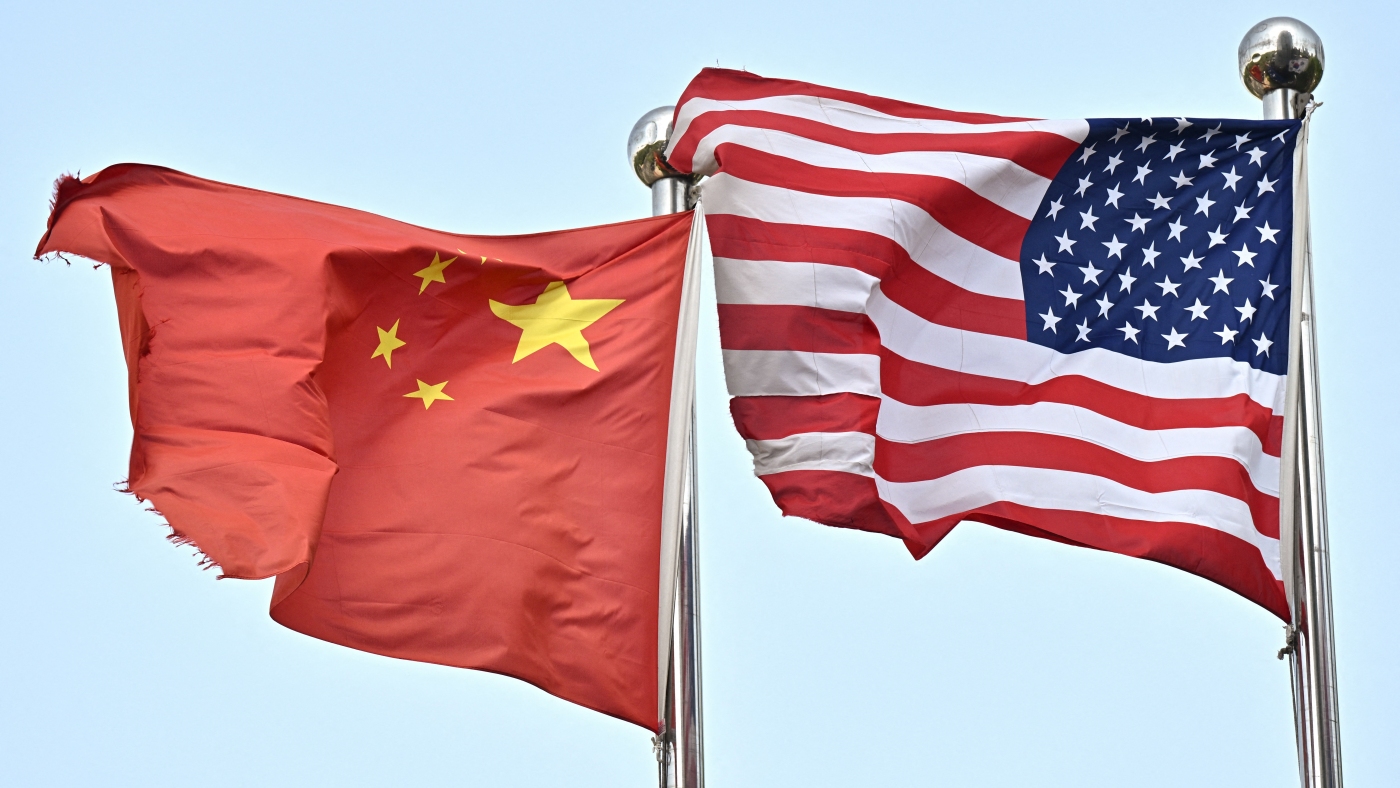A Strategic Shift in U.S.-China Trade Relations
The Evolving Tariff Landscape
In a significant turn of events, the United States and China have agreed to substantially reduce tariffs on each other’s goods, signaling a potential thaw in their icy trade relations. This development follows a tumultuous period marked by intense negotiations and escalating tariffs that had pushed the world’s two largest economies to the brink of a full-blown trade war. The U.S. has committed to lowering its tariffs on Chinese goods from a staggering minimum of 145% to a more manageable 30% for an initial 90-day period. In a reciprocal move, China will reduce its tariffs on American goods from a minimum of 125% to 10%. This mutual reduction is a calculated strategic maneuver aimed at dialing down tensions and fostering a more collaborative economic landscape.
Economic Ripples
The tariff reductions are poised to send ripples through the economies of both nations. For the U.S., the lowered tariffs could translate to increased imports from China, potentially driving down prices for American consumers. However, this boon comes with a caveat: domestic industries that have been shielded by high tariffs may face increased competition, raising concerns about their long-term viability. For China, the reduced tariffs on American goods could provide a welcome boost to its export sector, offering a much-needed economic shot in the arm. The 90-day trial period serves as a critical window for both countries to evaluate the impact of these changes and make necessary adjustments.
The Political Chessboard
President Trump’s decision to cut tariffs is likely a product of both economic pragmatism and political calculus. Economically, the high tariffs had begun to exact a toll on both nations, with reports of inflated costs for consumers and looming recession risks. Politically, Trump’s impending trip to the Middle East adds another layer to the equation. The trip, expected to focus on commerce and cultural exchanges, could benefit from a more amicable trade environment with China, enhancing the U.S.’s diplomatic standing in the region. Moreover, the tariff cuts could be a strategic play to secure support from key Middle Eastern allies, who have felt the sting of the trade war.
The Middle East Trip: A Diplomatic Dance
President Trump’s forthcoming Middle East journey introduces an additional layer of intricacy to the tariff narrative. The trip is anticipated to involve substantial commerce and cultural exchanges, which could be facilitated by a more stable trade dynamic with China. The U.S. has been actively working to fortify its economic ties with Middle Eastern countries, and the tariff cuts could indicate a broader shift in U.S. trade policy. This move could also be interpreted as an effort to counterbalance China’s burgeoning influence in the region, a development that has raised eyebrows among U.S. policymakers.
The Geopolitical Backdrop
To fully appreciate the significance of the tariff cuts, one must consider the broader geopolitical context. The U.S. and China have been locked in a complex trade war that has sent shockwaves through the global economy. The recent agreement to cut tariffs represents a significant step towards easing these tensions, but it is by no means a silver bullet. The two economic giants still harbor fundamental disagreements on issues such as intellectual property rights, market access, and subsidies for state-owned enterprises. The 90-day period offers a valuable opportunity for further negotiations and could lay the groundwork for a more comprehensive trade agreement in the future.
Industry-Specific Impacts
The tariff reductions are expected to have varied impacts across different industries. For instance, the U.S. manufacturing sector, which has been a vocal proponent of tariffs, may face increased competition from Chinese imports. Conversely, the retail sector could benefit from lower prices on consumer goods. In China, industries that have been hit hard by U.S. tariffs, such as technology and automotive, could see a resurgence in demand. However, the full extent of these impacts will only become clear as the 90-day period unfolds.
The Road Ahead
As the U.S. and China navigate this new chapter in their trade relations, several key factors will shape the trajectory of their economic ties. The success of the 90-day trial period will be crucial in determining whether the tariff cuts pave the way for a more comprehensive trade agreement. Additionally, the outcome of President Trump’s Middle East trip and the broader geopolitical context will play a significant role in shaping the future of U.S.-China trade relations. Both countries must be prepared to address their underlying disagreements and work towards a mutually beneficial trade relationship.
Conclusion: A Pivotal Moment
The recent tariff cuts between the U.S. and China mark a pivotal moment in their trade relations. While the motivations behind these cuts are multifaceted, they signal a willingness to de-escalate tensions and foster a more cooperative economic environment. However, this is just the beginning of a new chapter in U.S.-China relations. The 90-day period offers an opportunity for further negotiations and could set the stage for a more comprehensive trade agreement. The success of these efforts will hinge on the ability of both countries to address their underlying disagreements and work towards a mutually beneficial trade relationship. The outcome of President Trump’s Middle East trip and the broader geopolitical context will also be instrumental in shaping the future of U.S.-China trade relations. As the world watches, the next 90 days could prove to be a defining moment in the complex dance of global trade.








